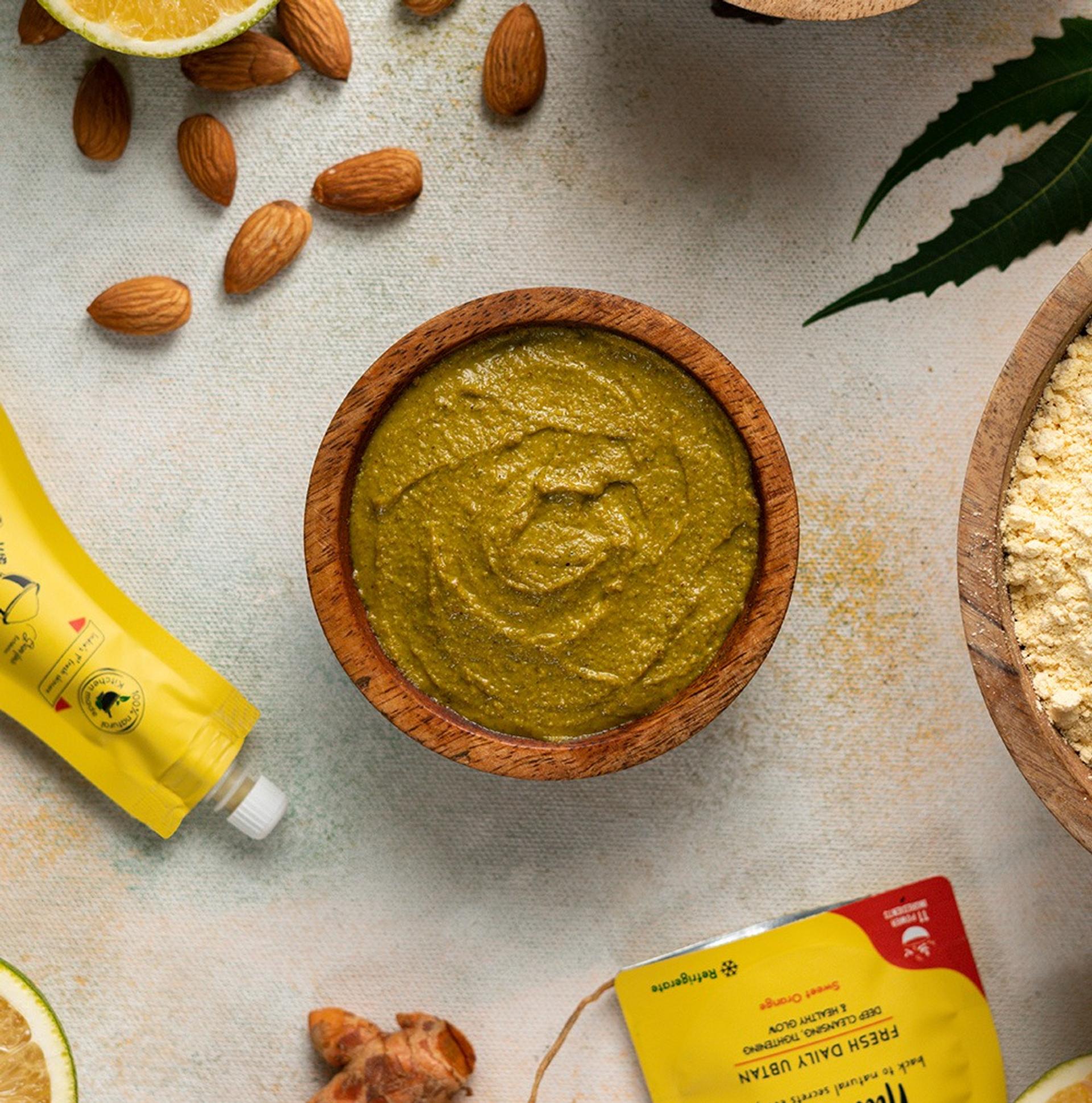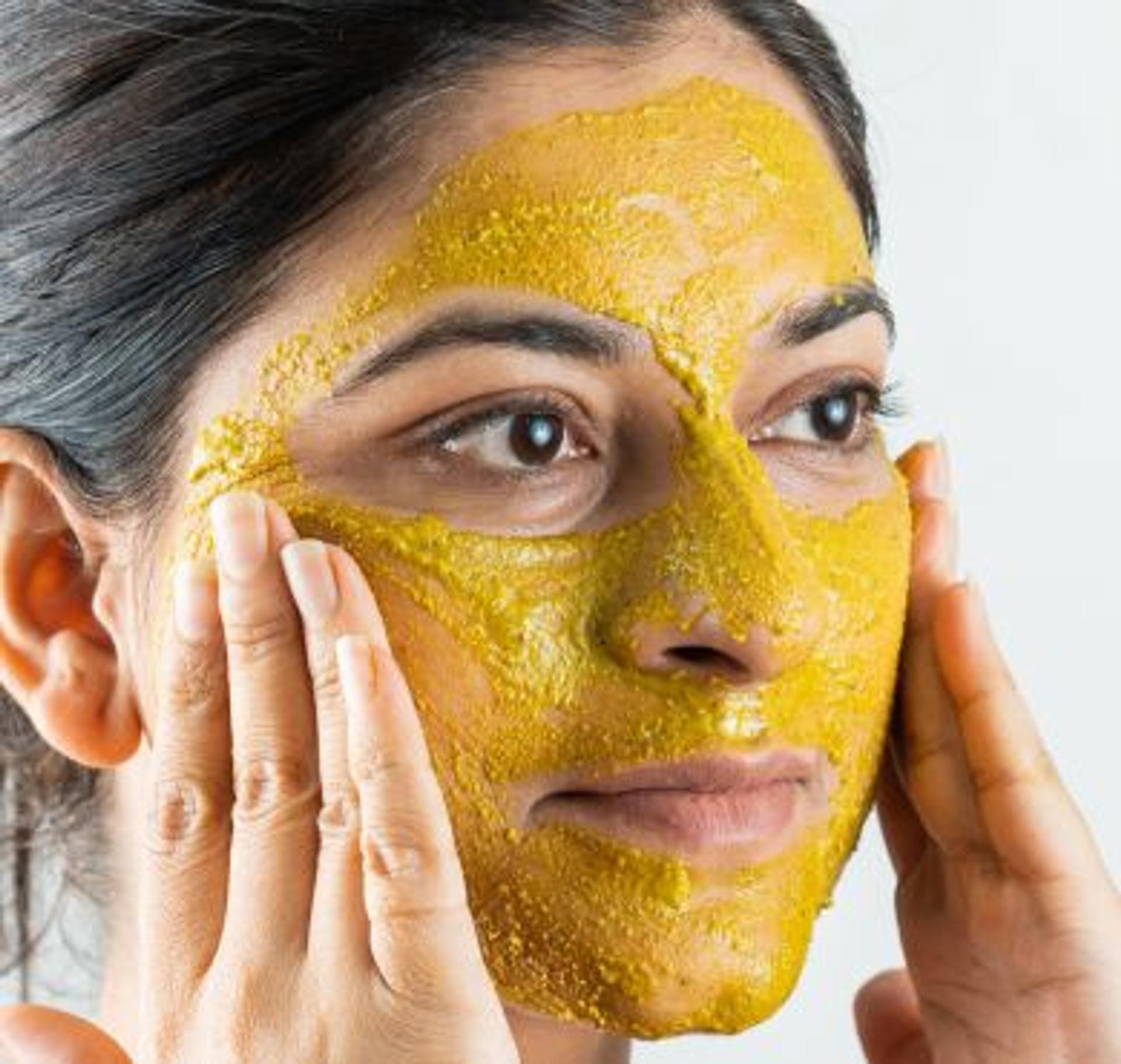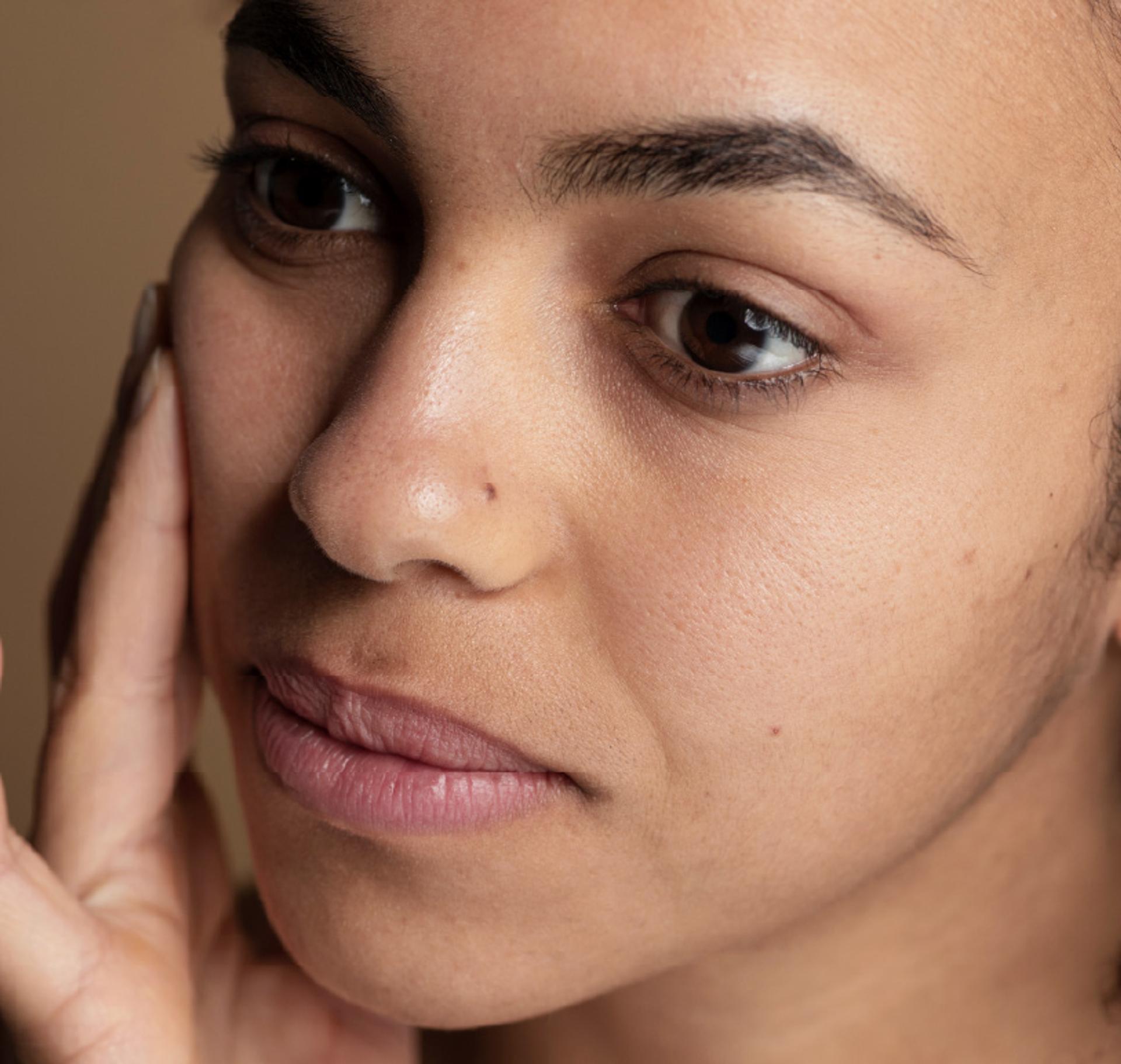
The Damp Dilemma
Why Skin & Scalp Suffer in Monsoon
By Nat Habit
The monsoon brings a beautiful transformation—the air softens, the soil sighs, the trees glow greener. But under this calm exterior, a different kind of growth quietly takes over: microbial overgrowth.
The warm, moist conditions of monsoon make it the peak season for fungal and bacterial infections, especially on the skin and scalp, where moisture, warmth, and natural oils already create a vulnerable micro-environment.
Why Skin & Hair Suffer During Monsoon
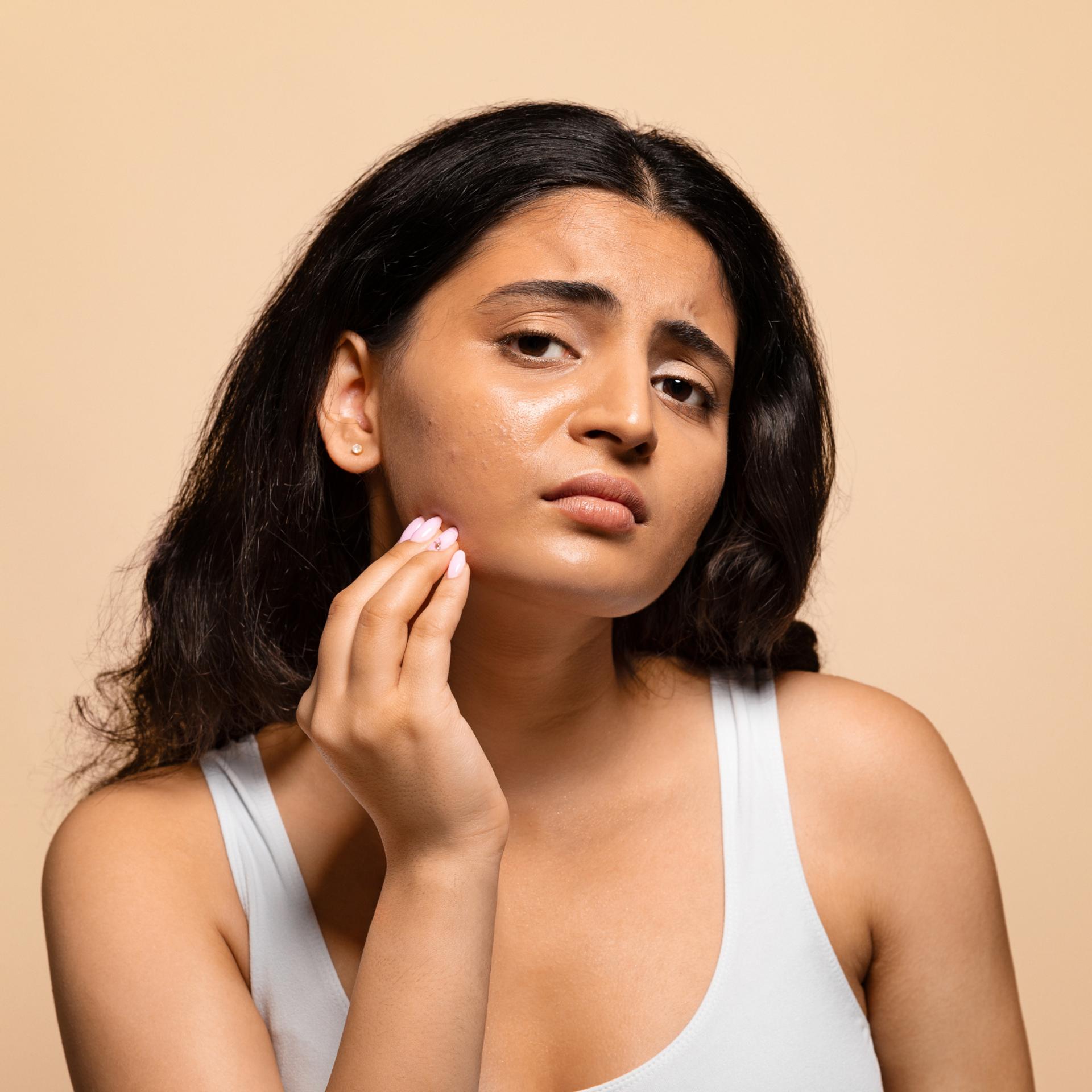
1. Humidity → Microbial Multiplication
Warmth + moisture = ideal environment for fungi (like Candida, Malassezia) and bacteria (like Staphylococcus) to thrive.
These microbes are usually harmless commensals, but excess moisture triggers overgrowth, leading to infection.
2. Barrier Breakdown
Skin’s acid mantle (pH ~5.5) helps prevent pathogen entry. Monsoon sweat, rainwater exposure, and over-washing disrupt this balance.
Result? Transepidermal water loss (TEWL) increases, and skin becomes more permeable to pathogens.
Most Common Monsoon Skin & Scalp Infections
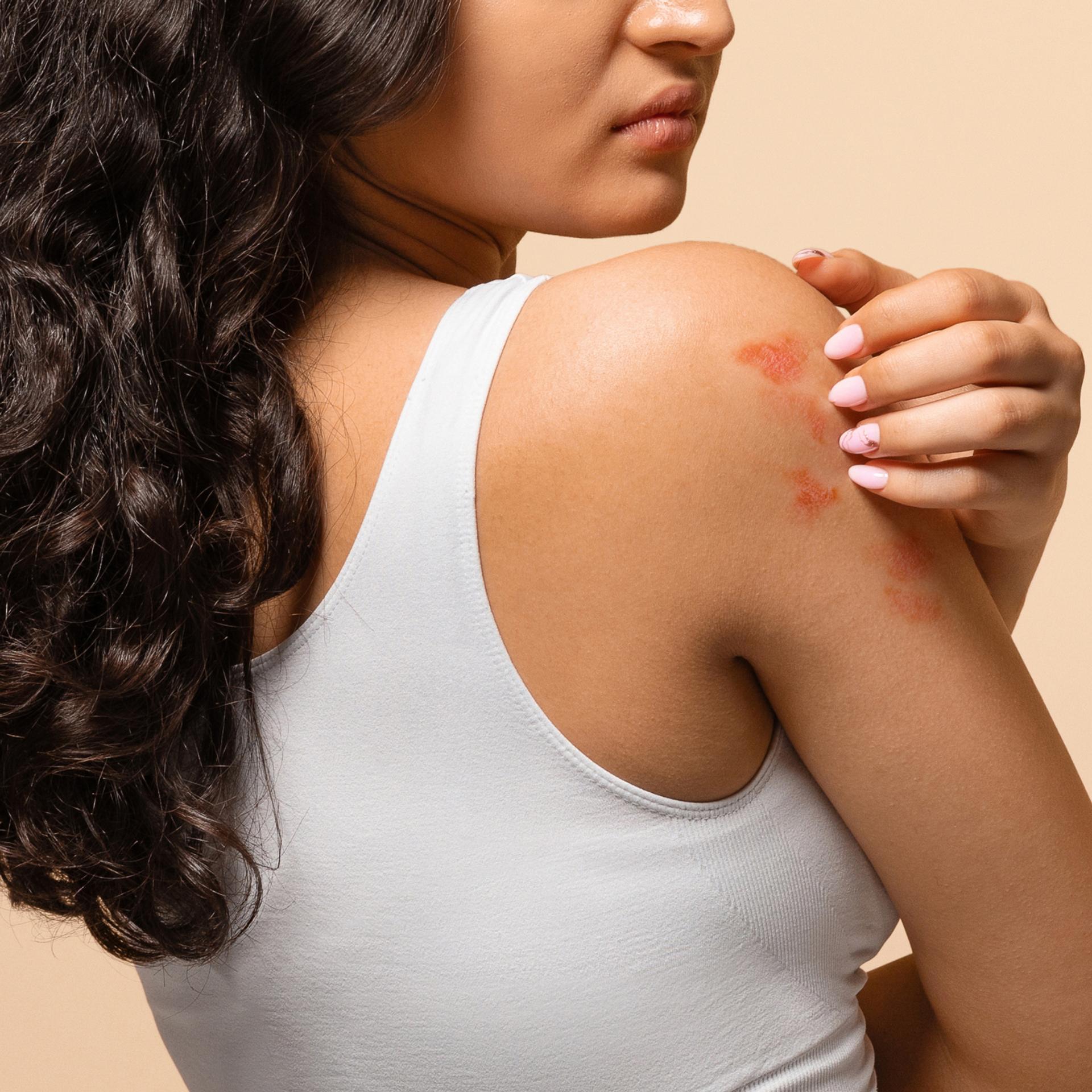
1. Fungal Skin Infections (Tinea, Candidiasis, Athlete’s Foot)
These usually show up as red, itchy patches in skin folds—underarms, groin, under the breasts, or between the toes. Caused by fungi like Trichophyton or Candida, they thrive in damp, dark environments where sweat and friction are constant companions.
2. Folliculitis (Bacterial or Fungal)
When hair follicles get blocked and infected, small red bumps or pus-filled pimples appear—especially on the thighs, back, or scalp. This is often due to Staphylococcus aureus or fungi invading sweat-soaked skin or recently shaved areas.
3. Seborrheic Dermatitis
A scalp condition triggered by the overgrowth of Malassezia, it causes greasy flakes, itching, and inflammation—especially on the scalp, eyebrows, or the sides of the nose. Monsoon humidity intensifies it.
4. Boils and Impetigo
Caused by bacterial invasion (often Staph or Strep) through tiny skin cracks or scratches, these painful lesions appear on the face, buttocks, or limbs and can spread quickly if not treated early.
Preventive Care Rituals for Skin & Scalp
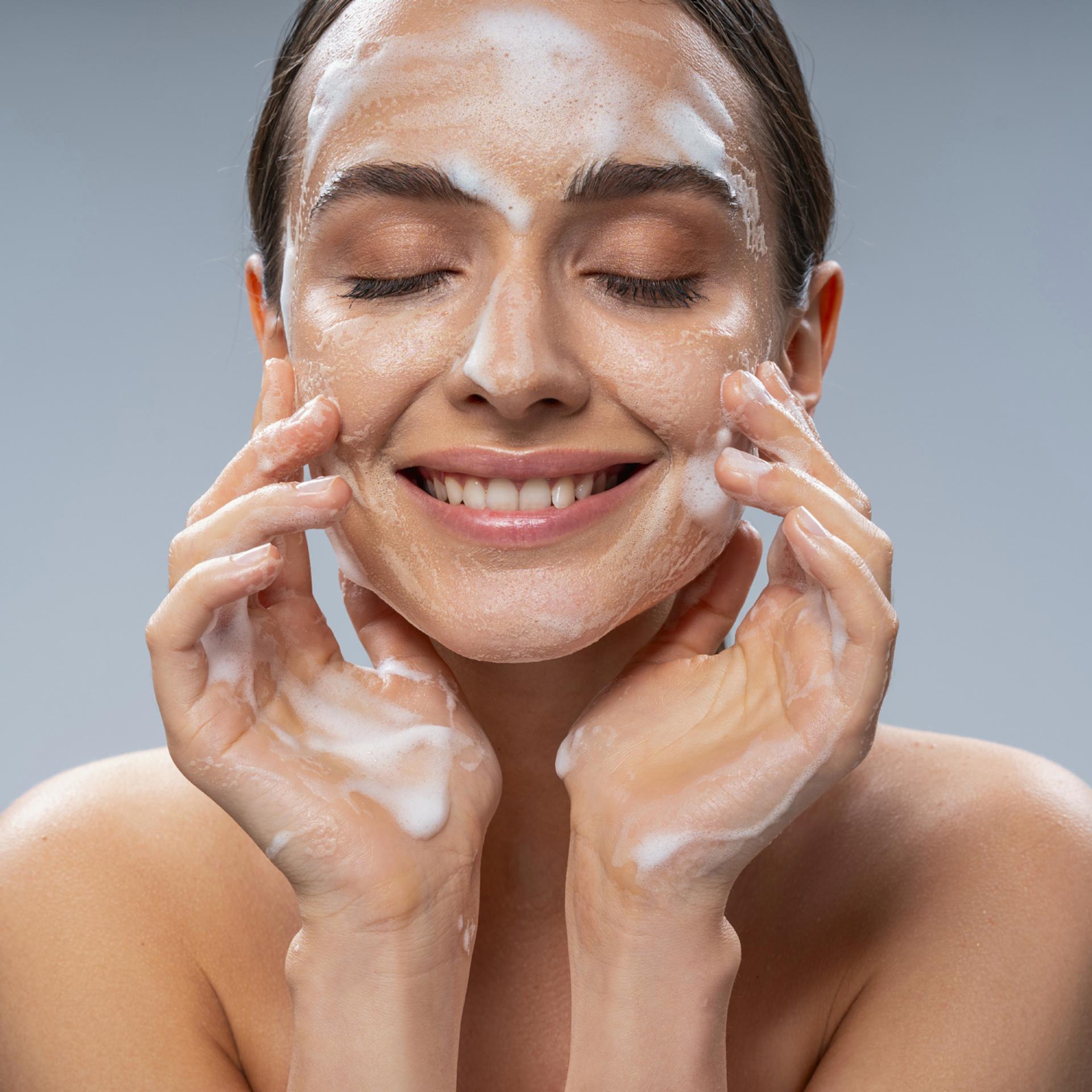
1. Balance the Microbiome, Don’t Erase It
Skip antibacterial soaps and harsh surfactants. Instead, choose pH-balanced cleansers. These preserve the natural barrier while gently detoxifying the skin.
2. Scalp Oiling
Massage scalp once or twice a week with neem oil, bhringraj, or tea tree-infused sesame oil. These herbs are rich in antimicrobial and anti-inflammatory compounds. Pre-wash oiling helps protect follicles from fungal buildup and also reduces scalp irritation.
3. Post-Bath Ritual
Always pat skin dry, especially in areas prone to friction or sweat accumulation. Avoid synthetic fabrics and tight clothing that trap heat and moisture. Cotton innerwear and breathable layers are key. Change socks and undergarments if they become damp, even slightly.
4. Hair Drying is Not Optional
Never tie up damp hair. Let roots dry fully—preferably in natural air or with a soft towel. This simple habit is your strongest defense against Malassezia overgrowth and monsoon dandruff.
Remedies Based on Skin & Scalp Needs
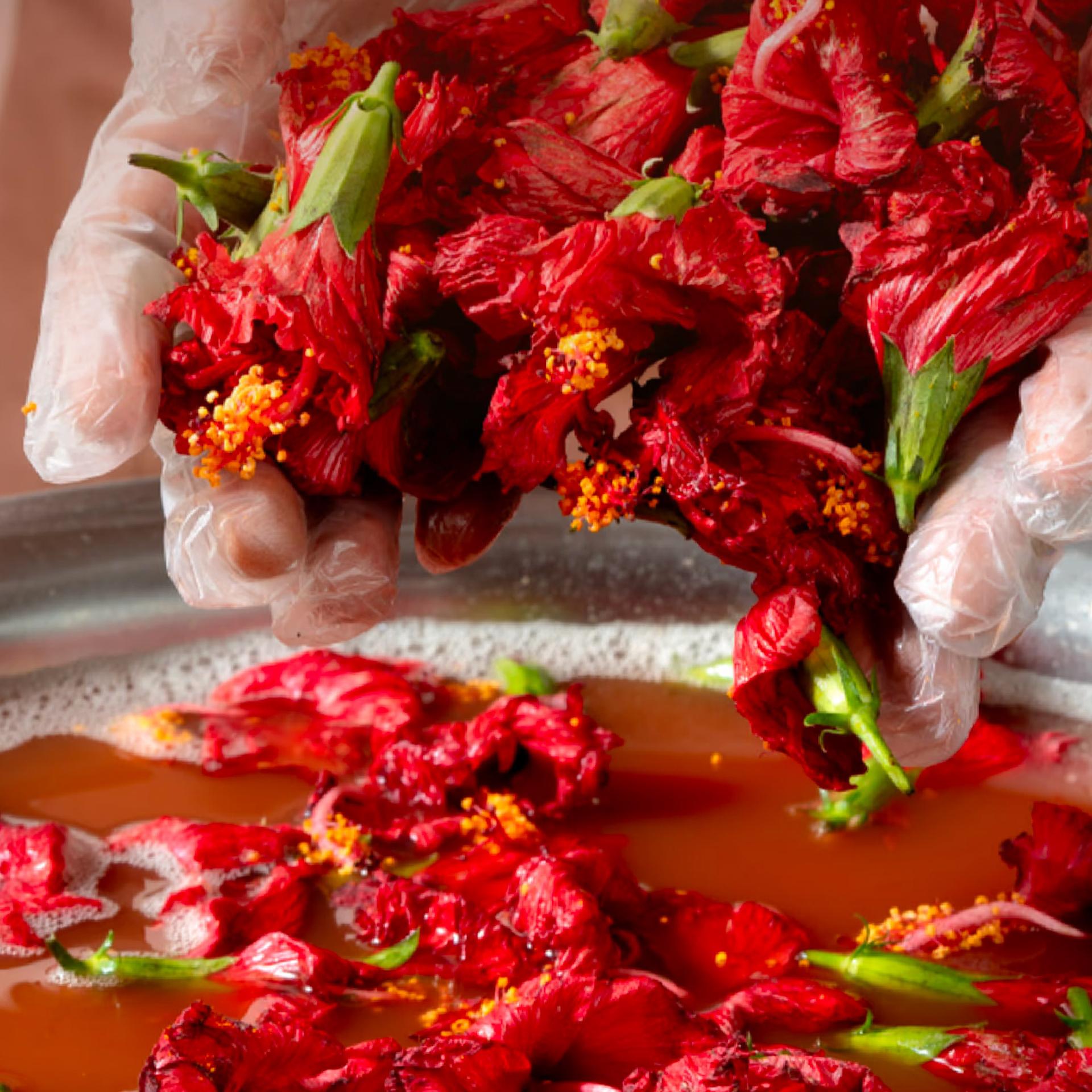
If you’re dealing with itchy skin folds, dust neem and vetiver powder after bathing. They have antifungal and sweat-absorbing properties that keep the area dry and calm. For smelly feet or signs of athlete’s foot, soak your feet in warm water infused with turmeric and salt for 10–15 minutes daily. It disinfects and soothes.
A greasy, itchy scalp calls for a weekly application of neem or hibiscus-infused oil, followed by a mild reetha or aloe shampoo. You can also use a hibiscus leaf + aloe mask to cool and rebalance the scalp. In case of boils or folliculitis, apply warm compresses and dab a turmeric paste on the area. Maintain hygiene and avoid friction.
If dandruff or seborrheic flares up, rinse your scalp with a Triphala decoction after shampoo. It helps reduce itchiness, rebalances the scalp’s microbiome, and strengthens hair roots.
Final Thought
Skin is Not Just a Surface. It's a Living Shield.
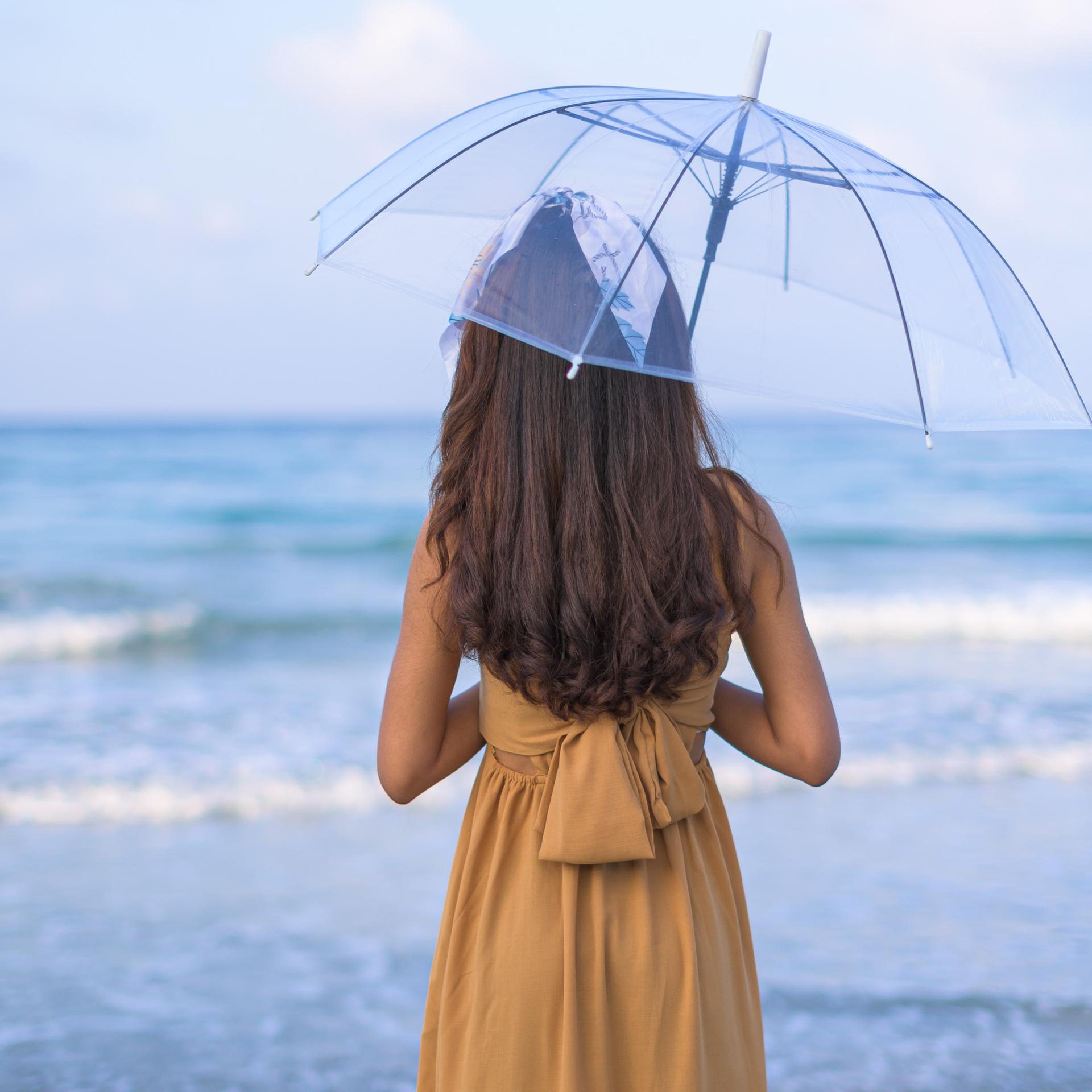
In the monsoon, your skin and scalp work harder than ever, adjusting to external moisture while defending against microbial invaders. Instead of stripping them raw, nourish them gently, dry them mindfully, and support their self-healing barrier.
Your skin isn't just reacting to the weather—it's responding to your rituals. Choose the ones that respect its rhythm, and it will reward you with calmness, clarity, and resilience.
Learn more
